Health Policies of the American Government
December 15, 2021
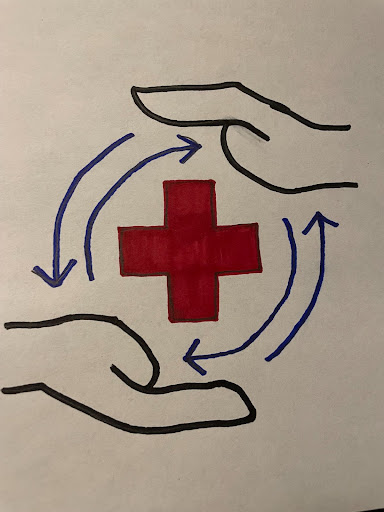
During the last election of 2021 and now still, there is a lot of debate on whether or not America should have free healthcare, private insurance or a mix of both. Currently America has a private insurance based system with some forms of free healthcare. This ‘free healthcare’ is usually called social security which consists of two programs called Medicare and Medicaid. Medicare is a program to cover the medical insurance of people over the age of 65 and those afflicted with disabilities, whereas Medicaid aids those who do not make enough money to get insurance or cover the finances of visiting a doctor. These two programs have undoubtedly saved lives of those less privileged just as insurance companies save the lives of those who can afford it.
Medicare and Medicaid. What is it?
Medicare provides financial care for upwards of 60 million elders and children with disabilities. The children make up an approximate 48.4%. This may seem like a lot of expenses but not all of it is covered by the government. According to An Overview of Medicare written by the Kaiser Family Foundation, private insurance companies cover 29% of the medicare costs, and previous employers pay for 30% of the expenses.
For Medicaid, there is a system in place to prevent those who don’t need Medicaid from getting it. This is called Medicaid Eligibility Quality Control (MEQC). Stated in Medicaid Eligibility Quality Control Program from Medicaid.gov, “Under the MEQC program, states design and conduct projects, known as pilots, to evaluate the processes that determine an individual’s eligibility for Medicaid and Children’s Health Insurance Program (CHIP) benefits. States have great flexibility in designing pilots to identify vulnerable or error-prone areas.” So, this means Medicaid is selective in who gets financial help. There isn’t necessarily a minimum amount of money you make in one year because there are a variety of factors to eligibility, not just income. Some of these factors include the people you legally care for and if you have specific medical needs.
From the article May 2021 Medicaid & CHIP Enrolment Data highlights from Medicaid.gov it states, “electronic data shall be requested and utilized to the extent that such information may be useful in verifying eligibility.”In addition, the requirements of application are also updated every year to prevent being outdated. This ensures the system is adequate and relevant to the current time.
Political parties with their views on healthcare
Does this current system work or do the people want to change it? And if it is going to change, what will it become? There seems to be a divide between the two major political parties about what we should do. A close majority of the collective people think the government should be required to cover our healthcare. A worldwide poll from the article Increasing share of Americans now favor a single government program to provide health care coverage written by Bradley Jones shows, “Among the public overall, 63% of U.S. adults say the government has the responsibility to provide health care coverage for all… Roughly a third (37%) say this is not the responsibility of the federal government.” These are actually pretty close numbers and we can break them down even further. Out of the many participants that took the survey, they also identified their political parties. Looking at this factor we see that more democrats prefer health coverage versus the republicans who are closer to being equal. The exact percentages from the survey by Bradley Jones are shown in this graph from an article, “Increasing share of Americans now favor a single government program to provide health care coverage” written by Bradley Jones on pewresearch.org. Although most Republicans are not in favor of free healthcare, 54% of the voters stated that social security services were beneficial and necessary. This means the popular opinion is that Medicare and Medicaid are helpful but there are still a lot of people who would not agree.
Currently in our system of balanced private and public healthcare, part of the people’s monthly income goes toward a designated payroll tax to help finance the social security program. According to the IRS Topic No. 751 Social Security and Medicare Withholding Rates, “The current tax rate for social security is 6.2% for the employer and 6.2% for the employee, or 12.4% total. The current rate for Medicare is 1.45% for the employer and 1.45% for the employee, or 2.9% total.” Whether you are a business owner or just an employee you pay a total of 7.65% of your income to the program. Although it is deducted before you get your paycheck so it is not entirely like paying.
High taxes, long wait times.
America’s health tax rate is lower than a free healthcare system. The tax rates are higher in a free healthcare system usually around 20% of total income and there is quite a wait time to get care for your needs. Take Canada’s healthcare system for example, Fraser Institute which is an independent, non-partisan, educational organization, has made many informational documents about the system. According to the article, Canadian health care system provides poor value for tax dollars spent, they say the majority of their income tax goes to the healthcare system. “While income taxes make up just 30 per cent of the tax bill for the average Canadian family, the amount of money spent on health care by Canada’s governments is equivalent to about two-thirds of all personal income taxes.”
In addition to a high tax rate there are also long waiting lists to get an appointment with any doctor. According to the article, Waiting Your Turn: Wait Times for Health Care in Canada, we get lots of statistics on the wait times. “Canadians could expect to wait 5.4 weeks for a computed tomography (CT) scan, 11.1 weeks for a magnetic resonance imaging (MRI) scan, and 3.5 weeks for an ultrasound.” This is not all either. Also stated in Waiting Your Turn: Wait Times for Health Care in Canada, If you are looking to get an appointment with your general practitioner (or regular doctor) the wait time is anywhere between a day to seven days, and then from that point you have to wait an average of 10 and a half weeks to see a specialist for your certain ailment. Not only do you have to wait for these first appointments, you also have to wait another 12 weeks to receive treatment. This is pretty similar to the UK as the wait list is about 18 weeks unless you choose to wait longer. According to Fraser Institute, “Physicians report that only about 12.39% of their patients are on a waiting list because they requested a delay or postponement.” The option to wait for your appointment is most likely not appealing if you already have to wait but some choose to do so, allowing those who need immediate or sooner treatment to get that.
All of these factors are important in considering the future of our country. Is there a way we can allow free healthcare and not have long wait times? Or should we keep our system as is? This is an important topic for everyone and educating oneself is the best thing to do in order to make the right decisions for the lives of American families.


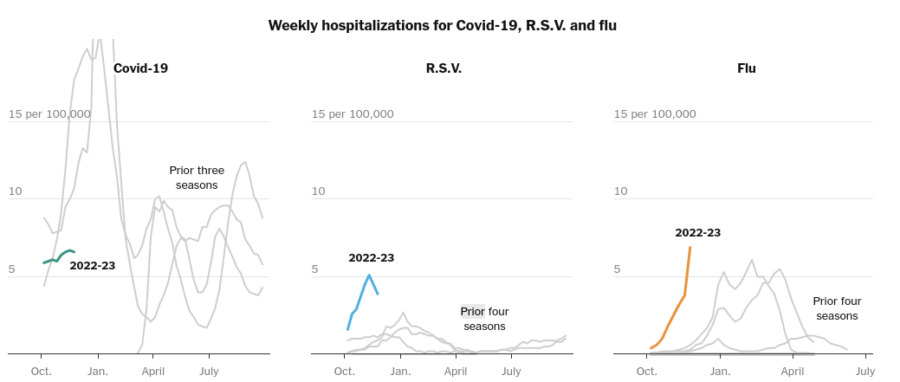
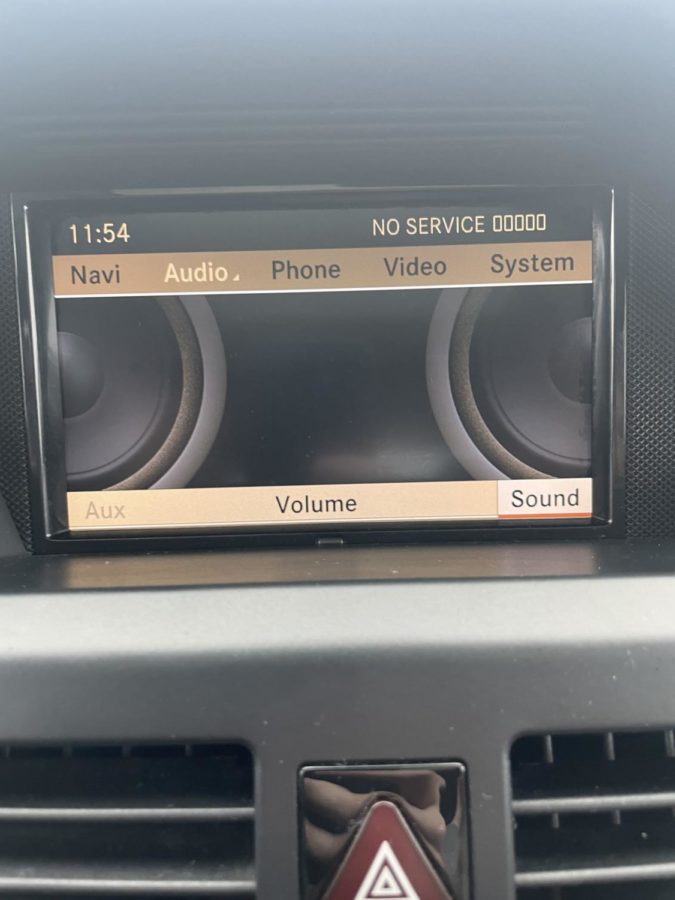
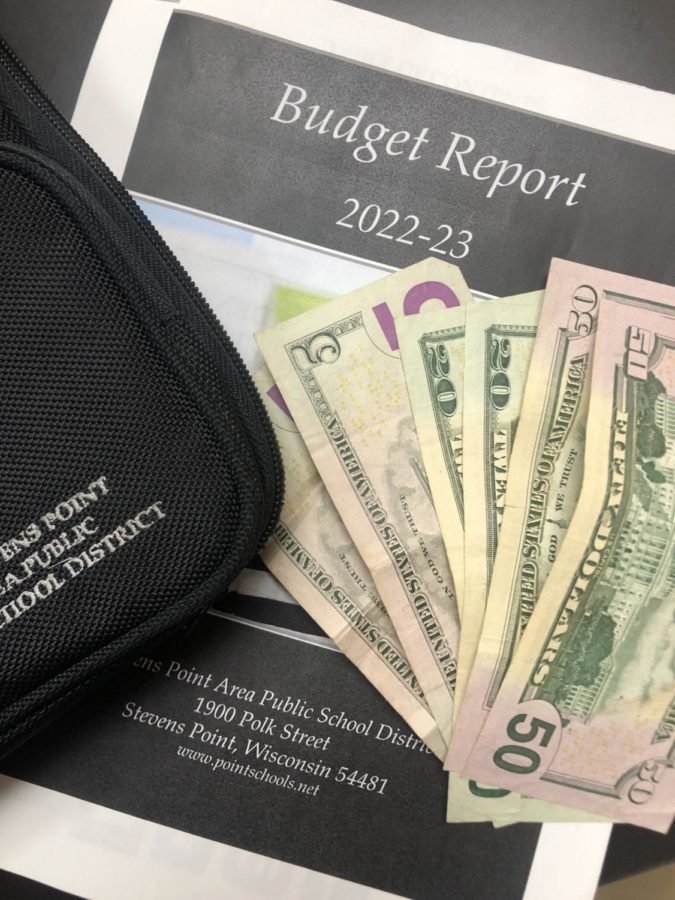




















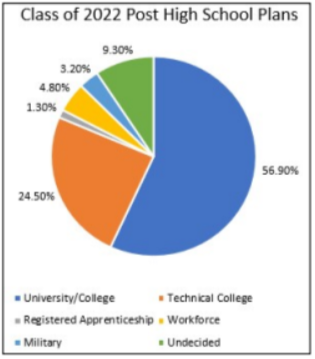
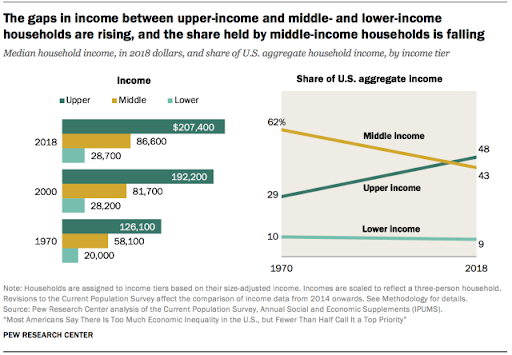

































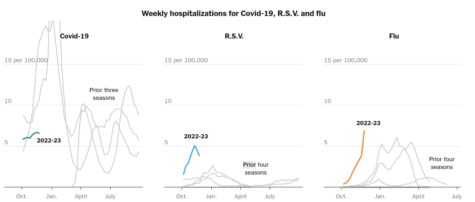
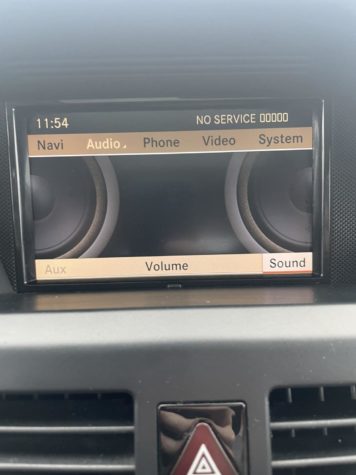



Lei Rodriguez(1hr) • Dec 17, 2021 at 8:10 AM
Lei, I really liked the way you structured this article, especially with a complex topic. I also really liked how you had a lot of statistics. And I liked how the title is attention grabbing and makes the reader want more.